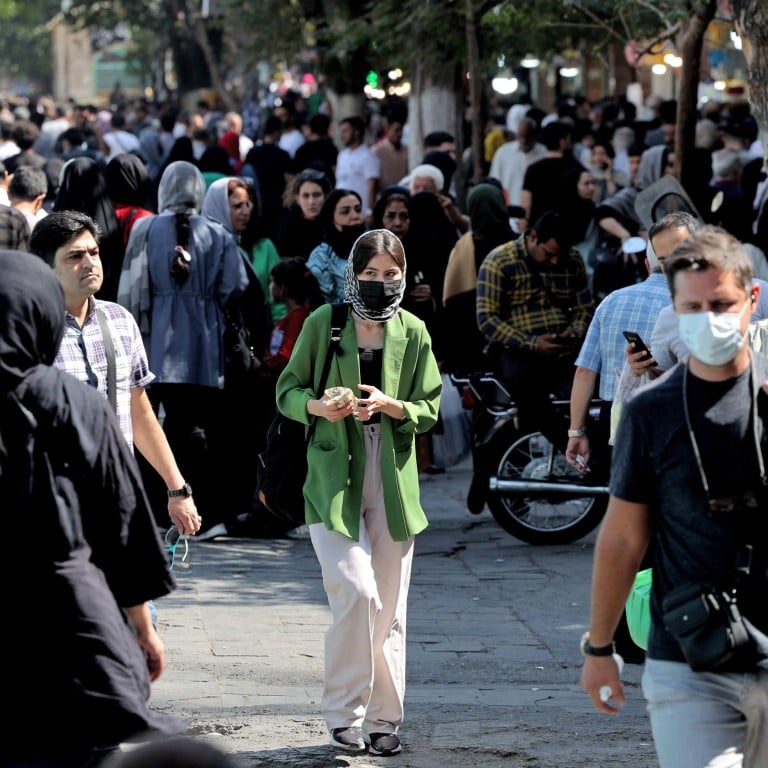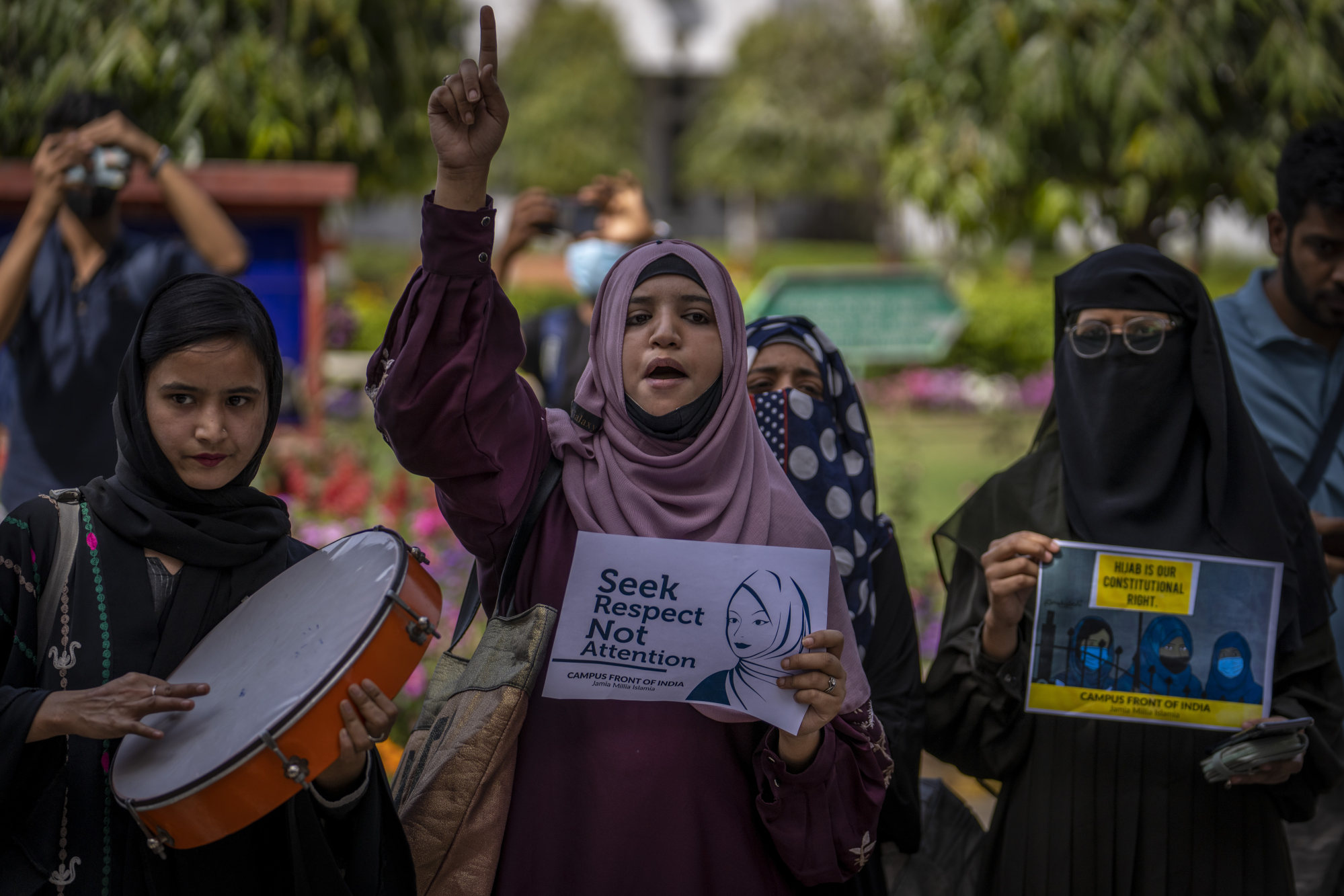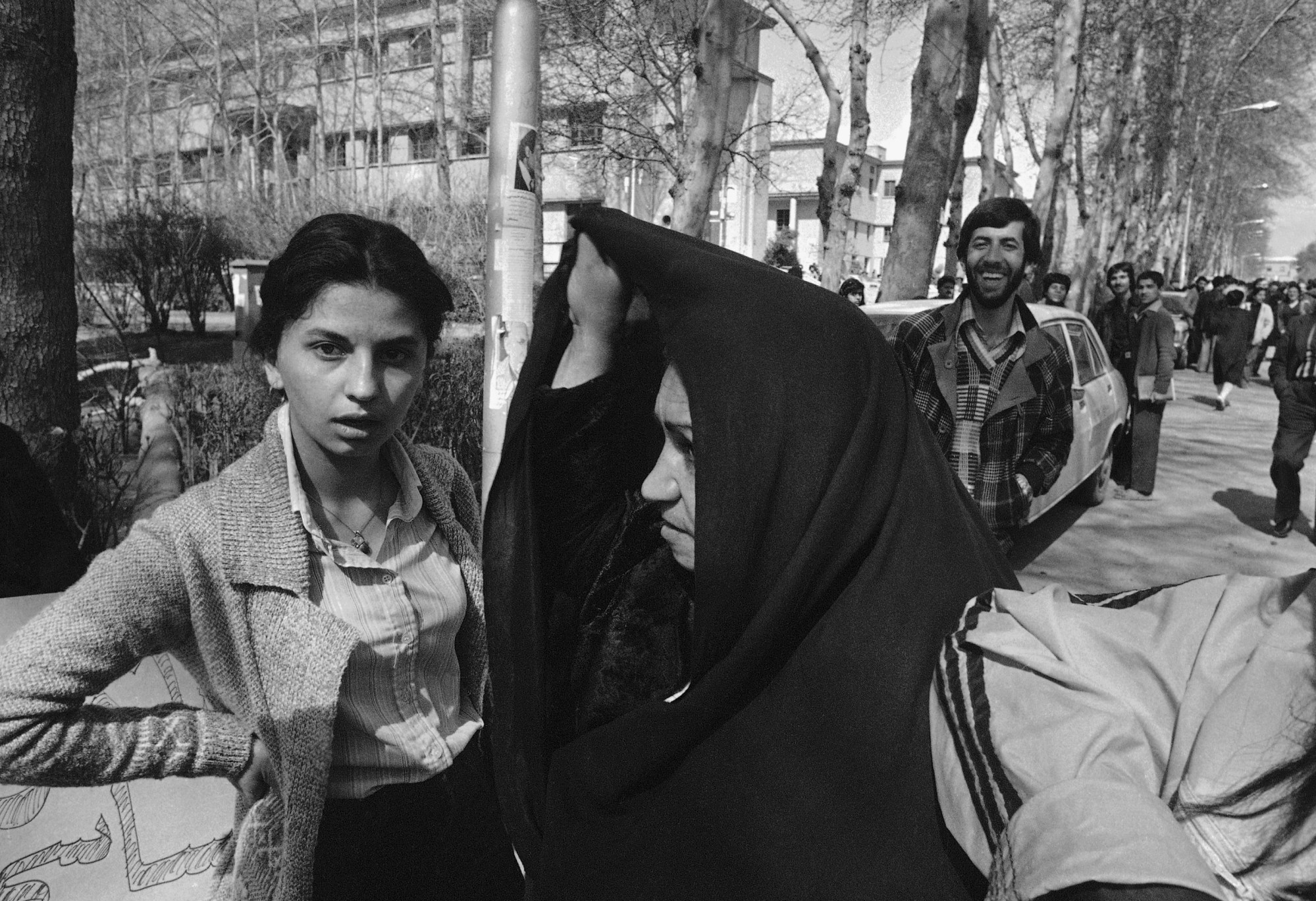
In Iran, India or France, women’s dress should be women’s choice
- Those who support both women wanting to wear the hijab and Iranian women throwing off the garment are accused of doublespeak
- But their position is not paradoxical – they simply support women’s right to choose what to wear
Amini’s parents insist she was appropriately attired, although that is beside the point. Iran’s president has promised an investigation into Amini’s death, but that did not curb the protests demanding an end to the country’s far-reaching religious restrictions that not only regulate what people can wear but also enforce gender segregation in many public spaces.
In both Iran and India, women’s dress was wielded politically at crucial historical junctures. Political theorist Partha Chatterjee notes that during the Indian independence struggle, when it was deemed necessary for Indian men to venture out into the world of science and modernity, women were tasked with preserving the “spiritual” inner realm.

In Iran, in the 1930s, Reza Shah Pahlavi ordered women to stop wearing the hijab. During the Iranian revolution in the late 1970s against his son who was then the monarch, women took to the streets wearing the hijab, which became a symbol of defiance against westernisation. After the revolution, women were required to wear headscarves and long loose robes in public.

The developments in India and Iran also have resonance in France, which in 2004 banned the wearing of “conspicuous religious symbols” in schools. Since 2011, the wearing of the niqab, which covers the face except for the eyes, and burka, an all-enveloping cloak, has been formally banned in public places. The French football federation does not allow women to play wearing obvious religious symbols. In March this year, France’s highest court upheld a ban on barristers wearing the hijab and other religious symbols in courtrooms in the north.
Although the welfare of women is the ostensible motivation behind these moves, the surrounding political discourse makes it clear that these are really culture wars, fuelled by fear of “Islamism”.
Prison of gender norms keeps schools from rethinking dress-code rules
Those who have come out in support of women wanting to wear the hijab and who now support Iranian women throwing off the garment are being accused of doublespeak.
However, their position is not paradoxical, but rather simply supports women’s right to choose what to wear, without state intervention. What Iranian women are protesting against is being denied the right to choose what to wear and how to practise their faith. More specifically, it is resistance against state repression.
Governments that insist that women wear the hijab and governments that insist they don’t are two sides of the same coin.
Charmaine Carvalho is a senior production editor at the Post and a member of Lunar, an initiative that highlights key issues related to women and gender equality in Asia

